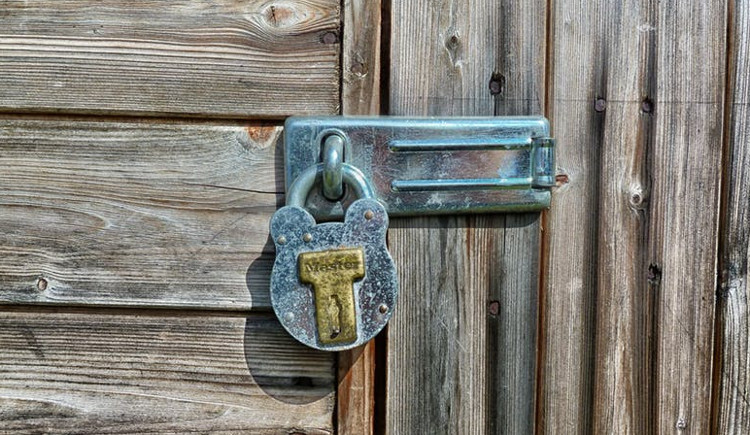When it comes to protecting your work from hackers, the task is getting harder and harder these days as cybercriminals continuously find new ways to get into systems. One of the issues that have actually become major in recent times is ransomware.
Ransomware is a malware that installs covertly on a victim’s gadget such as a laptop, desktop computer, smartphone or tablet that is used to block its access until a set amount of money is paid. It can work in multiple ways. For instance, a ransomware can be used to lock a whole system, and then the sale of a password is needed to unlock it; or it encrypts files and deletes the original versions — making access to data impossible until a ransom is paid. Alternatively, some hackers threaten to publish the victim’s data unless a ransom is paid.
Although when it first cropped up in around 2013 (the virus known as CryptoLocker was one of the earliest known versions) ransomware seemed to be mostly targeted at individuals, now businesses of all sizes are coming under attack. Also, the average ransom demanded by attackers has risen over recent times, with the latest figures showing it to be $679.
Software developers must be particularly vigilant about protecting themselves from this type of threat. If you are keen to learn some simple yet effective ways that you can keep clear of ransomware attacks, read on.
Back up your information daily
One of the best ways to defend yourself against ransomware is to make sure you are not vulnerable to such threats in the first place. You can outwit cyber criminals by backing up all of your data on a daily basis so that if the worst happens and your computers and servers do get locked by a hacker, you will not have to be forced to pay to get access again.
It is important to note that many ransomware thieves are aware that lots of people back up to on-site systems and servers, and as such, they can often find ways to encrypt and lock these local storage devices too. This is typically done when they gain entry to your desktop systems and then work their way through your network manually until they get access to your servers. As a result, it is wise to perform backups using the cloud or some kind of offline, unconnected storage system where attackers cannot reach directly using your system.
Be wary about opening emails and clicking on links
Next, you will stay safer if you are very careful about which emails you open and which links you click on. Most hackers who infect victims with ransomware use phishing attacks such as bait, whereby they spam people using emails that have a malicious attachment or get people to click on an URL that has malware encoded into it that then crawls into a browser’s machine surreptitiously.
Another popular method lots of digital thieves use to get access to systems is “malvertising.” This is basically when they embed malware into legitimate ads that are delivered on websites that are trusted and loved by millions of people. As an example, last year both The New York Times and the BBC were struck this way.
To steer clear of ransomware attacks then, you are advised to be suspicious of links and emails, particularly those from people you do not know, or that look somehow “off” or not quite right. Read links carefully before you click, and never type in your login details or other personal data on websites that you have gotten to via a link — instead, always type in the direct URL of the site.
Install comprehensive security software and firewalls
Lastly, do not forget that you need to have comprehensive security software and firewalls installed on all of your Internet-enabled devices if you want to keep hackers at bay. For starters, source some professional security software that will cover you against all the different types of threats.
Apart from getting ransomware protection, you also want to be shielded from viruses, spyware, spam and other types of malware. A genuine security software will help to protect your gadgets and networks from being infected with programs that run in the background, stealing information without you realising until it’s too late.
It is also a good idea to check that the firewall installation on your computer. These are another line of defense against cyber criminals who try to get into your data via an Internet connection or who crash systems instead.
Be aware that while you might already have a firewall pre-installed on your device(s), this does not mean that it has actually been activated. Often you will have to change the settings in order for the firewall to start doing its job. If your devices do not have any of these protections on them or if you want something more comprehensive, you will find plenty of third-party products on the market to choose from.





































































